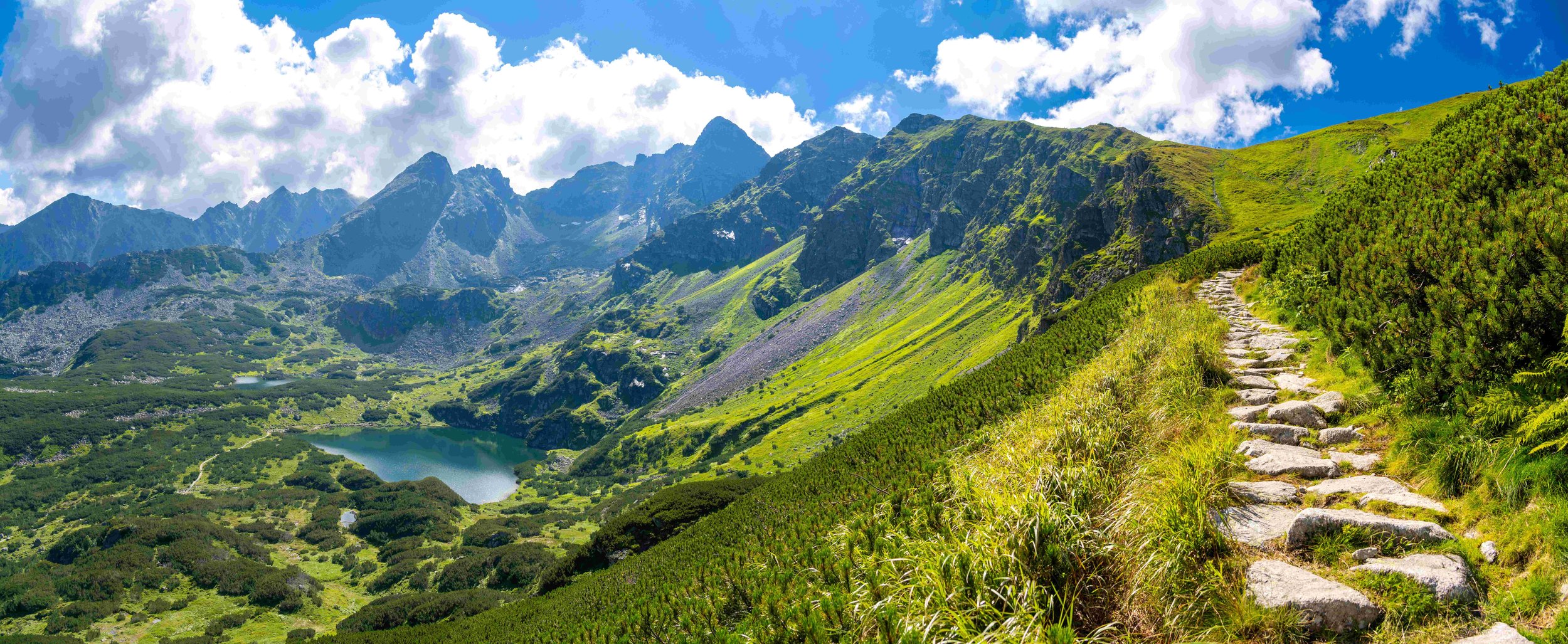Discover
Latvia
Since re-establishing its independence, Latvia has begun to regain its reputation as a land that stands at the crossroads of the Scandinavian, Russian, Baltic and German worlds. And whilst its magnificent capital and port at Riga with Art Nouveau boulevards and mediaeval guildhalls rightfully draws visitors to wander its timeless streets, the country is in fact a hugely rural and wild one.
Central to the ancient Amber Road’s success, the delights of this land are a mosaic of cultural influences. If you step beyond its enchanting castles and Gothic cathedrals, a vast and largely unspoilt wilderness greets you, resplendent with alabaster beaches, virgin forests and stunning wetlands.
What to see on our
Baltic States Group Tours
• Visit Estonia as part of a journey through the Baltic States, starting in Finland with a comfortable ferry crossing to Estonia
• Stop along the explore the enchanting and history filled Baltic capitals of Tallin, Riga and Vilnius
• Stop at quaint fishing villages on the Baltic Sea
• Discover the UNESCO proected Curonian Spit with its seemingly endless sand dunes, unspoiled beaches, and lovely villages
• Explore the stunning valleys in Gauja National Park and the forests and marshes of Lahemaa National Park
• Extend your adventure and continue by train from Lithuania to Warsaw and explore the best of Poland including Krakow, the Tatra Mountains and Gdansk
-
Although many of our tours are small group adventures with set departures, as a bespoke operator, we can design and create trips to suit any traveller, from solos to larger groups.
Most of our popular group tours are available on a private basis, allowing you the freedom to decide on when you would like to travel. Below we have given some sample pricing based on one or two people travelling. To find out more about organising this tour on a private basis, or arranging the perfect holiday tailored to your requirements get in touch with our well-travelled team. Contact us by phone or email.
Estonia, Latvia, Lithuania - Baltic Explorer
14 Days Private Tour price based on one person travelling - from £8,620
14 Days Private Tour price based on two people travelling, sharing twin or double accommodation - from £4,850pp
Our Tours
Estonia, Latvia and Lithuania
Baltic Explorer
Small Group Tour
14 Days from £3,165
Estonia, Latvia,
Lithuania and Poland
From the Baltic to the Tatra Mountains
Small Group Tour
26 Days from £6,150
Europe
London to the
Baltic States
Rail & Sea Adventure
Small Group Tour
14 Days from £4,995
Feedback from our Travellers
Best Time to Visit
The best time to visit Latvia and the Baltic States is in the summer months from about June to September.
Jan
Feb
Mar
Apr
Sep
Oct
Nov
Dec
Best
Mixed
Poor
Aug
May
Jun
July







